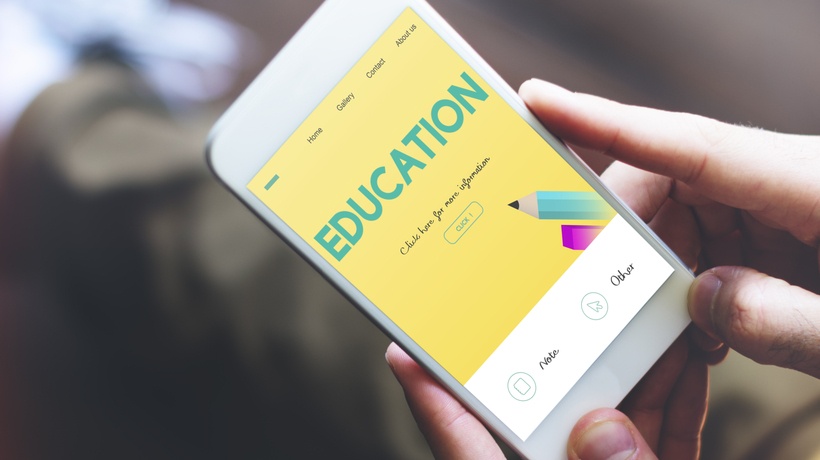The First Step To Learning Design: Align On Purpose
Present-exemplify-assess, repeat…Does this look familiar? Do your eLearning courses all follow a similar structure? While there’s nothing inherently wrong with this approach, it is not the best approach for every need. Read on, if you’re interested in a framework for developing a more comprehensive view of your learner’s needs, and in turn the purpose that will inform your design approach.
One Size Doesn't Fit All
The purpose of training is to achieve an outcome - today, our target audience does "x", and tomorrow, we want them to do "y". Of course, new knowledge is often part of closing that gap, but let’s remember our target audiences aren’t empty vessels waiting to be filled with knowledge. They are more complicated, and designs need to address not only knowledge transfer but also attitudes, awareness, support for application, and more.
Get At The Heart Of The Purpose
We’ve identified 7 key questions to explore, define, and to help identify the challenges a designer must address:
- Motivation.
Is training mandatory, or will users choose to take the training on their own? If so, what is their intrinsic motivation to engage with your solution? Do you need to promote the solution and establish a compelling reason for users to engage? - Awareness of need.
How conscious is your audience of their current knowledge and skill level? Are they coming to your solution with a clear understanding of their strengths and weaknesses? Or do you need to provide tools to help them recognize their starting point, and where they need to go? - Knowledge.
With what policy, process, procedures, or other information will your audience need to develop fluency to achieve the desired outcome? - Skills and behaviors.
In what new practices, skills, and tasks will the users need to develop competence? What do they need to change, or stop doing altogether? - Application.
Will users need support applying these new skills and implementing processes and practices back on the job? - Reinforcement.
Are there key messages, or facts and information that will need to be kept top-of-mind over time? - Updates.
Will policy, process, procedures, or other supporting information change over time? And how important is it for users to have this information at their fingertips?
Use these questions to engage stakeholders and project sponsors, so as a team you have a fully formed understanding of all the solution outcomes, and what the challenges are to achieve those outcomes. Then, let these inform the kinds of experiences you create to achieve your goal.
Want to take deeper dive into designing learning solutions that deliver results? Check out The Secret to Getting Learning Results Isn’t What You Think.
Design For The Need
Now that you have a clear purpose, put it to good use. It’s all too common to see 'solutions' that don’t really fit the problem, where for example the need was really only to raise awareness and communicate, but the designer chose a needlessly complex learning model. Or where the desired outcome was a true behavioral change, and all the program did was share information. So, take care not to over or under-design for the need you’re facing. And remember that you might best meet some learning objectives by producing a string or blend of design models that extend across different delivery mediums, and over a spaced calendar. In this way, you create a learning campaign rather than a single, static event. The output may include a self–paced online course with a main menu and a series of topics, a stand-alone learning activity, an online webinar, or a combination of things.
Looking for more insight on how to design the appropriate solution for a give challenge? Check out Learning models: Useful blueprints for learning designers.
And Now, The Content
Now that you have a clear purpose, and an appropriate design for that purpose, you'll likely find that the "content" you started with will need some work. We love our Subject Matter Experts (SMEs) but let's be honest; they are often blinded by their passion for their content. In their mind, the more content, the better.
But with our clear purpose and associated design, you will almost certainly want to narrow the focus of the content, and likely require some additional. Don't try to fit a square peg into a round hole. If you take your SME along with you for the ride of defining purpose and design, they'll be a willing partner to provide the right content to get the right outcome.









